To reduce noise with dark frames, always capture them with identical settings as your main shots (including ISO and exposure time). Take multiple dark frames and average them for a master dark frame that more effectively eliminates fixed-pattern noise. Use dedicated software like DeepSkyStacker or Photoshop's "Subtract" blending mode to apply your dark frames during processing. These techniques work especially well for astrophotography where sensor noise can ruin otherwise stunning cosmic captures.
3 Dark Frame Noise Reduction Tips Photographers Need

Dark frame noise reduction stands as one of the most powerful yet underutilized techniques in digital photography.
You'll see dramatic improvements in your night and long-exposure images by implementing this simple process.
To get started, capture a dark frame immediately after your main shots using identical settings—same ISO, exposure time, and temperature—but with the lens cap on.
This records your sensor's noise pattern without light. For best results, take multiple dark frames and average them together to create a master dark frame.
When processing, use Photoshop or Lightroom to subtract this dark frame from your original images using the "Subtract" blending mode.
Unlike in-camera noise reduction, this manual approach won't double your shooting time while still effectively eliminating hot pixels and fixed-pattern noise. This technique is especially effective for astrophotographers needing to produce stacked star trails without interruption.
Optimizing Dark Frame Collection for Budget Astrophotography
While expensive equipment can simplify the astrophotography process, budget-conscious photographers can achieve remarkable results through methodical dark frame collection. Using an affordable DSLR with a tracker like the Sky-Watcher Star Adventurer can deliver impressive images when paired with proper noise reduction techniques. Cheaper gear can still produce great deep sky images, especially when using proper post-processing methods.
| Equipment | Price Range | Noise Reduction Capability |
|---|---|---|
| DSLR Camera | $400-800 | Good with proper darks |
| William Optics RedCat 51 | $700-900 | Excellent portability |
| Sky-Watcher Star Adventurer | $300-400 | Enables longer exposures |
| Used Astronomy Camera | $300-600 | Better sensitivity |
| Remote Shutter Release | $20-40 | Consistent dark capture |
Ensure your dark frames match your light frames exactly—same ISO, temperature, and exposure time. For best results, capture multiple dark frames and use software like DeepSkyStacker to apply them during processing.
Mastering Multi-Frame Stacking Techniques for Cleaner Images

Multi-frame stacking represents the next level in noise reduction beyond collecting dark frames. You'll need to capture multiple exposures with consistent settings—same ISO, exposure length, and temperature—to maximize effectiveness.
When implementing this technique, shoot in RAW format and use dithering to slightly shift frames between shots, breaking up consistent noise patterns.
For peak results, combine dark frame subtraction with focus stacking by capturing 2-100+ frames depending on your scene's complexity. Focus stacking allows photographers to achieve greater depth of field in compositions that would normally exceed the camera's capabilities.
Software like Photoshop or Lightroom will help you auto-align layers and blend the in-focus portions seamlessly. The process creates masks that selectively merge only the sharpest areas from each image.
To prevent introducing new artifacts, minimize adjustments before combining your images and consider using specialized noise reduction tools like Topaz DeNoise for stubborn luminous noise.
Frequently Asked Questions
Can Dark Frames Be Reused for Future Sessions?
Yes, you can reuse dark frames for future sessions if the temperature, ISO, and exposure time remain consistent. They'll save you time, but remember to update them yearly to account for sensor changes.
How Does Temperature Affect Dark Frame Effectiveness?
Temperature greatly affects your dark frame effectiveness. When temperatures rise, thermal noise increases, reducing subtraction accuracy. You'll get better results when your dark frames match the temperature conditions of your light frames exactly.
Which Cameras Benefit Most From Dark Frame Subtraction?
Your DSLR or long exposure camera will benefit most from dark frame subtraction, especially if it's older, lacks cooling systems, or you're shooting at high ISO for astrophotography or night scenes.
Can Dark Frames Fix Light Pollution Issues?
No, dark frames can't fix light pollution. They'll only remove camera sensor noise and hot pixels. You'll need specialized light pollution filters or different shooting locations to address sky glow issues.
Is Dark Frame Subtraction Necessary for Daytime Long Exposures?
Dark frame subtraction isn't typically necessary for daytime long exposures. You'll rarely encounter the thermal noise issues that plague night photography, unless you're shooting in extremely hot conditions or using very high ISO settings.
In Summary
Dark frame noise reduction isn't just for professional astrophotographers—it's a skill you'll use regularly. Remember to collect your dark frames at the same settings as your light frames, use multi-frame stacking to maximize noise elimination, and experiment with partial dark frame subtraction for challenging conditions. With these techniques in your toolkit, you'll produce cleaner, more professional images without investing in expensive equipment. Your night photography will never be the same.
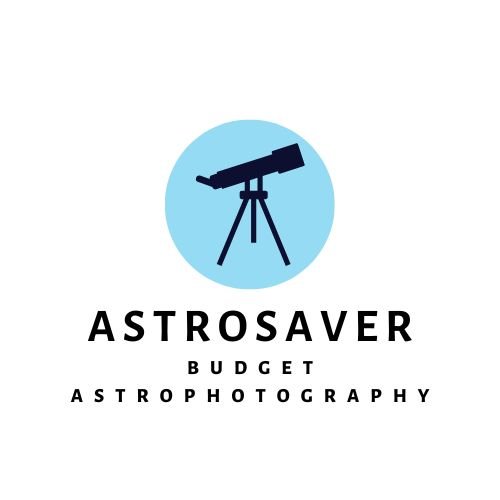
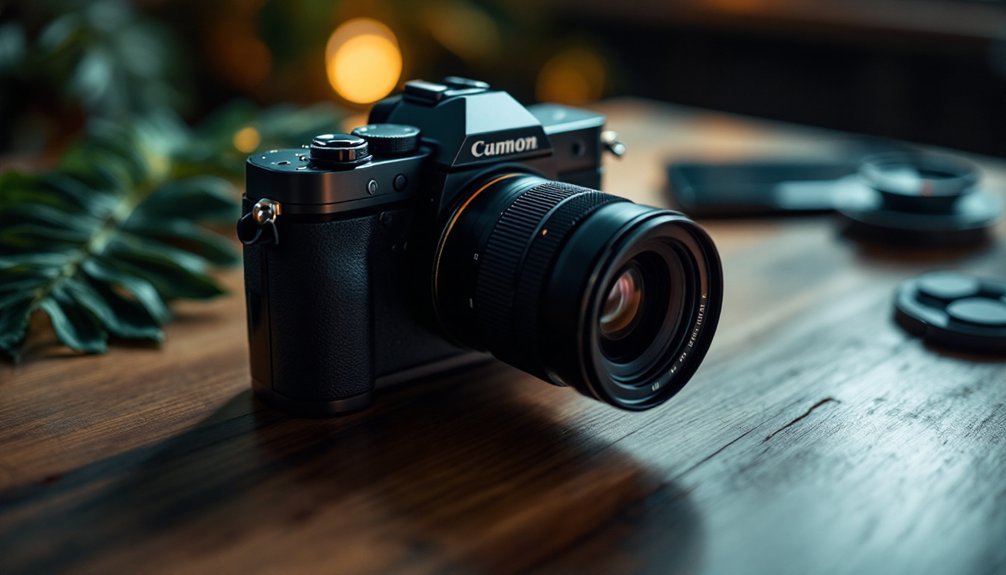
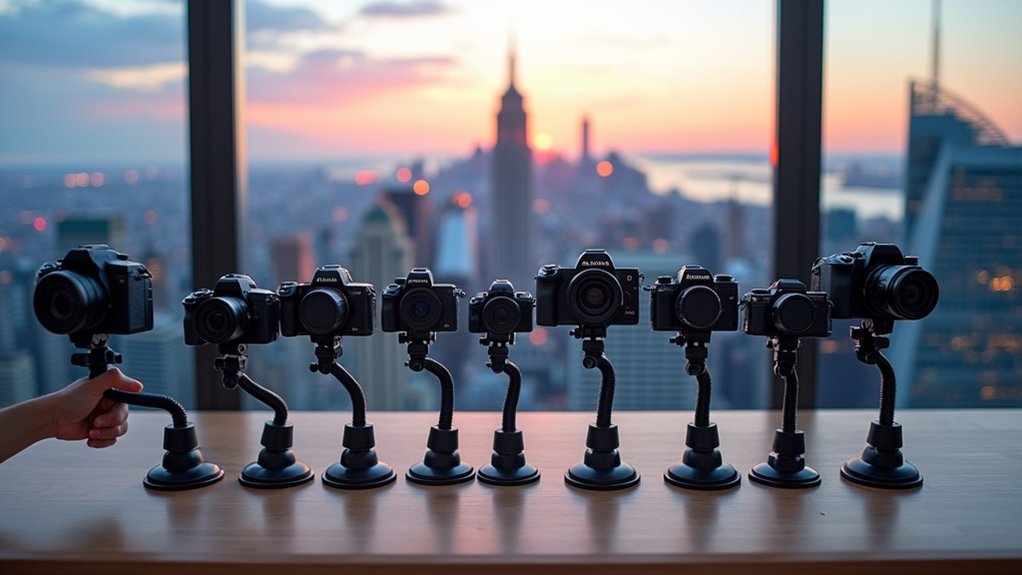
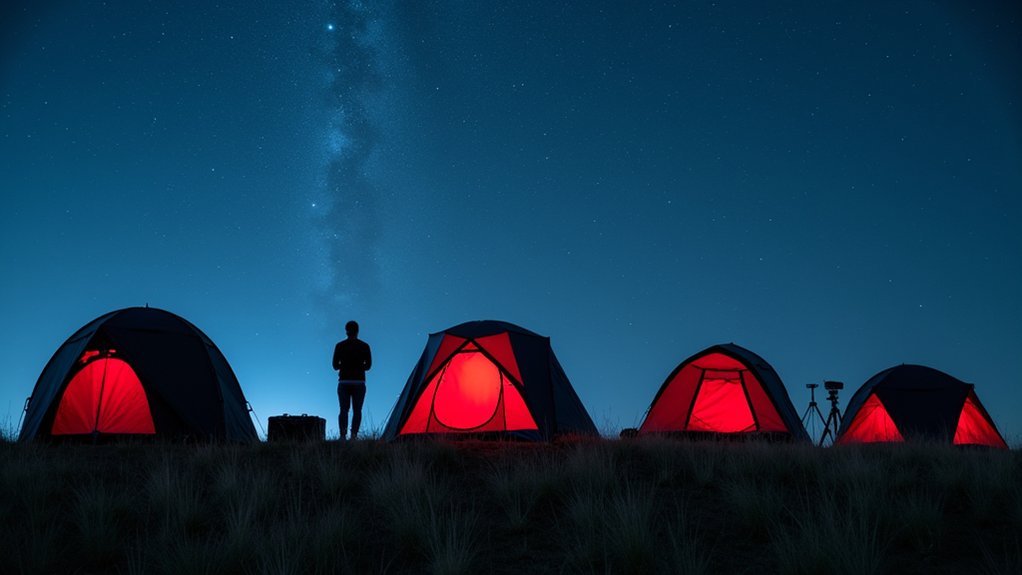
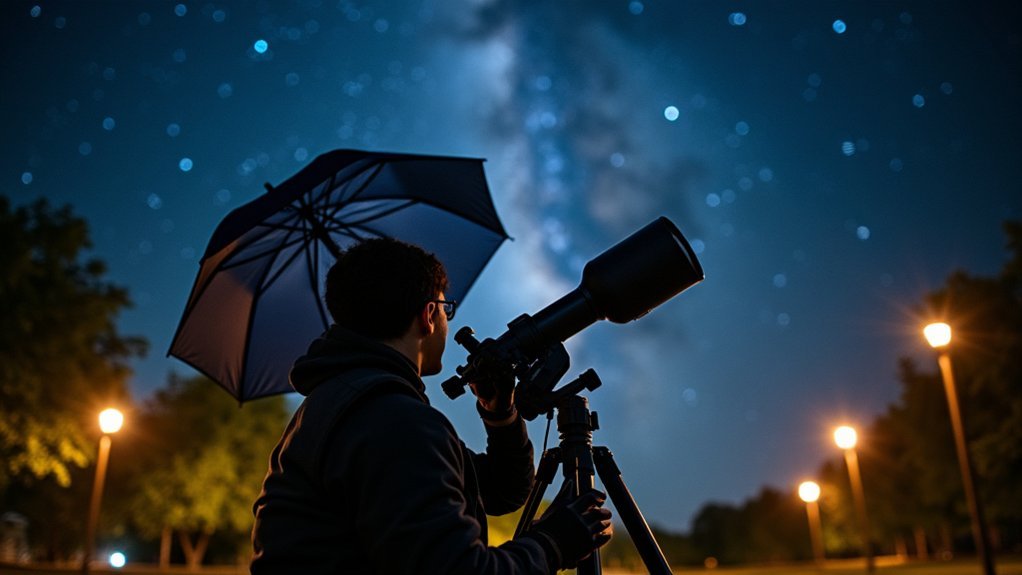
Leave a Reply